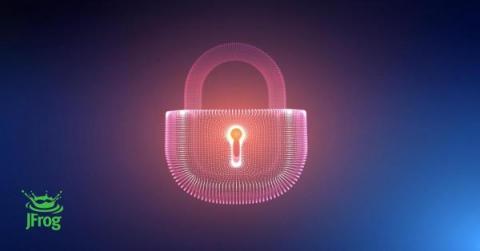Announcing the 12th Volume of Our State of Software Security Report
The 12th volume of our annual State of Software Security (SOSS) report is now live! Rather than examining a single year of activity associated with an application, in this year's report we looked at the entire history of active applications. By doing so, we can view the full life cycle of applications, which results in more accurate metrics and observations.











